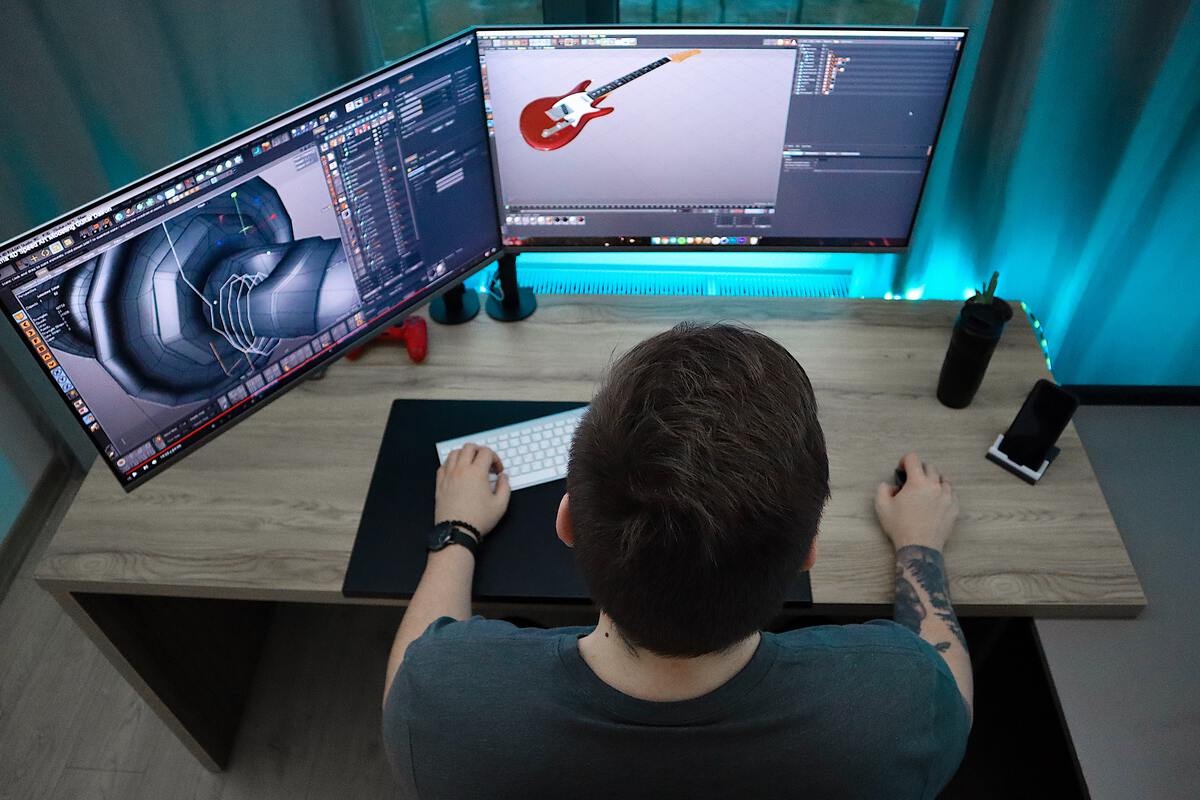Blender vs. Maya vs. Cinema 4D: Which is Best for 3D Animation?
If you're looking to dive into the world of 3D animation, choosing the right software can be overwhelming. With so many options available, you might be wondering: Which one is the best for you? Among the top contenders, Blender, Maya, and Cinema 4D stand out as the most powerful tools for 3D animation. But each has its strengths and weaknesses, making it crucial to pick the right one for your needs.
In this guide, we'll break down the differences between Blender, Maya, and Cinema 4D, so you can make an informed decision. Whether you're an aspiring animator or planning to enroll in the best VFX training in Bengaluru, understanding these tools will give you a solid foundation in the industry.
Blender: The Free and Open-Source Powerhouse
Pros:
Completely free with no licensing fees.
Active community support and frequent updates.
Strong sculpting and modeling tools.
Built-in rendering engine (Eevee & Cycles).
Supports Python scripting for automation.
Cons:
Steep learning curve for beginners.
Lack of industry-standard adoption in large studios.
Limited motion graphics tools compared to Cinema 4D.
Blender is a fantastic choice if you're just starting in 3D animation and don't want to invest in expensive software. Many independent animators and freelancers swear by it because of its flexibility.
Maya: The Industry Standard for Professionals
Pros:
Used by major animation and VFX studios like Pixar and DreamWorks.
Advanced rigging and character animation tools.
Powerful simulation features (cloth, hair, fluids, and particles).
Great for both animation and modeling.
Strong integration with other industry tools like Houdini and Unreal Engine.
Cons:
Expensive subscription model (around $225/month or $1,785/year).
Steeper learning curve compared to Cinema 4D.
Requires a powerful PC to run smoothly.
Maya is the gold standard for 3D animation in Hollywood and game development. If you’re aiming for a professional career in animation and planning to work in a big studio, Maya is the way to go.
Cinema 4D: The Motion Graphics King
Pros:
Best for motion graphics and visual effects.
Intuitive interface and easy learning curve.
Excellent integration with After Effects and other Adobe tools.
Powerful MoGraph module for procedural animations.
Reliable rendering options like Redshift and Octane.
Cons:
Expensive subscription model.
Not as powerful for character animation as Maya.
Smaller community compared to Blender.
If you’re into motion graphics, advertisements, or visual effects, Cinema 4D is the best choice. Many designers and animators who work on TV commercials, YouTube animations, and VFX prefer Cinema 4D for its user-friendly interface and robust toolset.
Which One Should You Choose?
Choosing between Blender, Maya, and Cinema 4D depends on your goals. Here’s a quick breakdown:
Choose Blender if you’re just starting out, working on independent projects, or need a free, versatile tool.
Choose Maya if you want to work in professional animation or game studios and need the best character animation tools.
Choose Cinema 4D if you’re focusing on motion graphics, VFX, and commercial animation.
Conclusion
The best 3D animation software depends on your specific needs. Blender is great for beginners and freelancers, Maya is ideal for high-end professional work, and Cinema 4D is perfect for motion graphics artists.
No matter which software you choose, the key to mastering 3D animation is consistent practice and learning from the right mentors. If you’re ready to take your animation skills to the next level, consider enrolling in the best animation institute in Bengaluru to gain industry-ready expertise.
Have you used any of these 3D animation tools? Which one do you prefer? Leave a comment below and share your experience!




Comments
Post a Comment